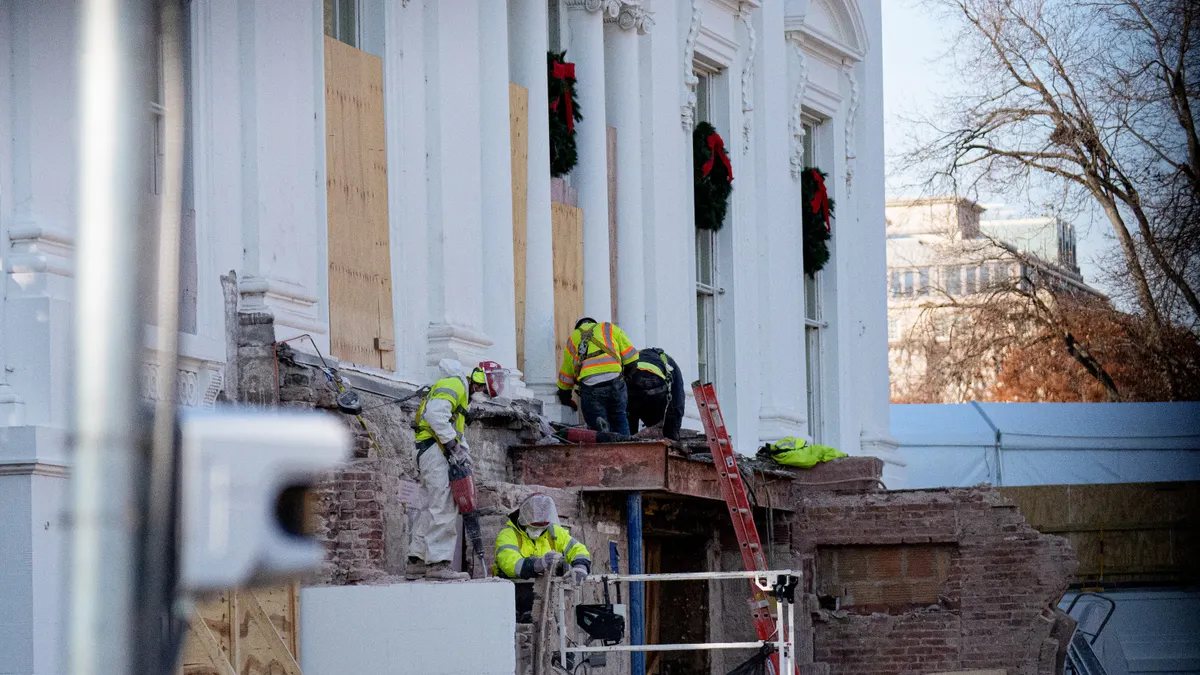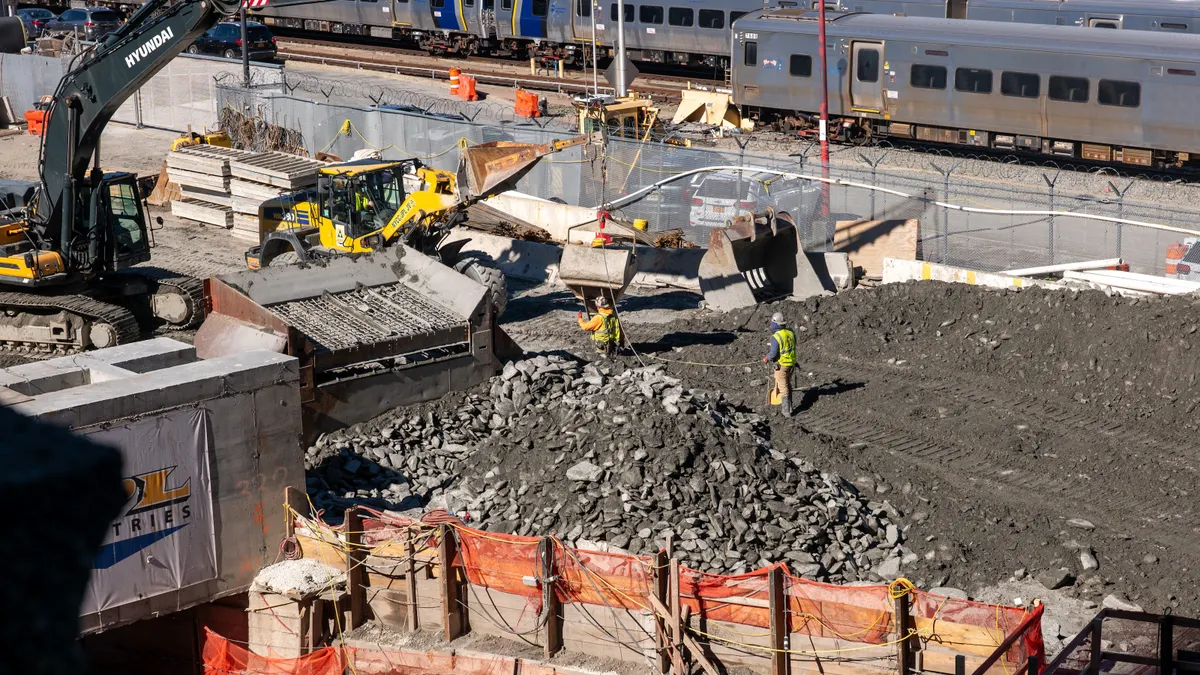When Hurricane Sandy slammed the East Coast in 2012, the storm damaged or destroyed nearly 800 commercial and residential buildings in New York and an estimated 350,000 homes in New Jersey. According to a City of New York report, stormwater flooded 51 square miles of the city, exceeding Federal Emergency Management Agency floodplain map projections by 53%. In an effort to prevent the kind of flood damage seen during Sandy from happening again, FEMA stepped up efforts to update its maps, already due for a revamp anyway — and that's where where the controversy kicks in.
Flood map basics
FEMA creates maps identifying geographic areas at risk for flooding. Also called flood insurance rate maps, FIRMs are used by states and municipalities to designate flood zones for building code and permitting purposes, and by the insurance industry to determine how much homeowners and businesses will pay for flood insurance. According to FEMA, the agency bases the FIRMs on a variety of factors including records of river flow, storm tides and rainfall, as well as information from individual communities.
However, it’s FEMA’s revision of FIRMs that has ignited ongoing debate around the country about exactly which properties are actually at risk for flooding.
"Nationwide, there’s been a lot of back and forth on the FEMA maps and a lot of challenges to them as being overly restrictive or overly cautious," said attorney Michael Bogin, partner at Sive, Paget & Riesel, P.C. in New York City.
Root of the controversy
But why the pushback? It stands to reason that homeowners and businesses at even the slightest risk of flooding would welcome a realistic mapping. However, the debate all comes down to money.
"If you have a federally backed mortgage," Bogin said, "you need to have flood insurance." This is particularly true, he said, for those who are middle or low-income. According to the U.S. Department of Housing and Urban Development, the Federal Housing Administration, which provides lenders protection against homeowner default, currently backs 4.8 million single-family mortgages.
"The premiums can go up by many thousands of dollars, which can make a significant difference to a low-income homeowner," Bogin said.
Bogin added that the new FIRMs place 80% more New York City homes and businesses in flood zones, although the overriding factor in that statistic is that more people are moving to the city’s coastlines.
Consequences for construction
The re-mapping has also affected the construction industry, according to New Jersey attorney Dennis M. Toft, co-chair of the Environmental Group at Chiesa, Shahinian and Giantomasi.
"(Construction) sites that may not have been in a flood zone before may now find themselves in a flood zone, so people who thought they could construct without dealing with flooding issues may now have those issues," Toft said.
Toft also said larger property owners, who might have been either in the process of developing land or holding on to it for future development, are challenging the map on two fronts: the new elevations on the FIRMs and the changes in designations from a standard-flooding A zone to a high-hazard V zone, both of which can increase building and insurance costs.
One interesting and unintended consequence of the new elevations, Toft said, is the increased demand for fill dirt to raise property to meet new elevation requirements for building.
"All of a sudden you'll have a project where the developer has to bring in large amounts of fill to raise the site up in order to meet the standards," he said. Toft added that this has raised a completely new set of questions, such as where the fill is coming from and if it’s contaminated.
Toft said builders, at least in New Jersey, who have permits in hand are grandfathered in and do not have to abide by the new regulations. However, he said, builders who choose to move forward under those outdated flood zone regulations have a new problem: "Is your project now less valuable because the flood insurance rates that the buyers may now have to pay are higher or different?"
Toft said, "It’s kind of a tradeoff."
Municipalities pushing back
Pushback against the new maps is in full swing, however, and Bogin said that’s understandable. "Any time the government does something that's to protect its citizens, but it's pushing the costs on the citizens, you're going to get some pushback," he said. "In some ways, it's kind of like an unfunded mandate that's being imposed on homeowners because you're telling them now they've got additional risk and additional costs, and you're not helping them with it."
"If the only people being impacted by this were high-end luxury condominium developers," Bogin said, "they're not going to garner a whole lot of sympathy."
New York City, like many other municipalities, is disputing the new maps and has come up with its own map based on factors they say FEMA did not consider, such as hardening of the shoreline, according to Bogin. The New York City map, he said, would remove about 26,000 structures and 170,000 residents from flood zones.
"The city is saying if we know there are mistakes, let's fix those first instead of just saying we’ll fix them later. Let's deal with it now, and let's make it is accurate as we can," he said.
Bogin said it’s possible for individuals to challenge their status of being in a flood zone with FEMA directly, but the costs and time required for average citizens to take on that chore are sometimes prohibitive.
"I think the city felt like that's asking a lot from somebody who is going to need to hire somebody like me to write those letters," he said.
New York City is not the only municipality challenging the maps. Others include the Massachusetts towns of Marshfield, Scituate and Duxbury; Palm Beach County, FL; Bethany Beach, DE; New Orleans and Belvedere, CA.
The lengthy process to get the maps changed, Toft said, "is just like any bureaucratic process. It takes a while to wind its way through."
However, he does not see many developers joining in that struggle. "Time is money, and a lot of developers generally don't want to take the time or spend the cost to fight the fight if they can get their project done just by bringing fill in and elevating the property."
FEMA's response
As to how receptive FEMA will be to changing its maps based on recent challenges, Bogin said of the agency, "They're not zealots. They don't have any real desire to make someone suffer unnecessarily. They're just looking to protect the community and to protect the public, so, if you can show you’re protected, that's usually good enough for them."
Towns have already seen some measure of success. Gouldsboro, ME, disputed FEMA’s calculations and will see nearly half of the homes there currently designated as flood risks removed from the maps.
Toft thinks more changes are on the way. "I do think it is part of a process," he said, "and everybody at the end of the day wants to get it right."
Bogen added, "Maybe I'm too positive about this, but I think FEMA is out there really looking out for the public. I don't think they're thinking about loans or protecting the banks’ interest in property or the backing for a federally backed mortgage. I think they're really out there saying, 'We've got to make sure people don't drown in the next storm and that their properties aren't utterly destroyed so that they’re left homeless and in a tent.'"





















